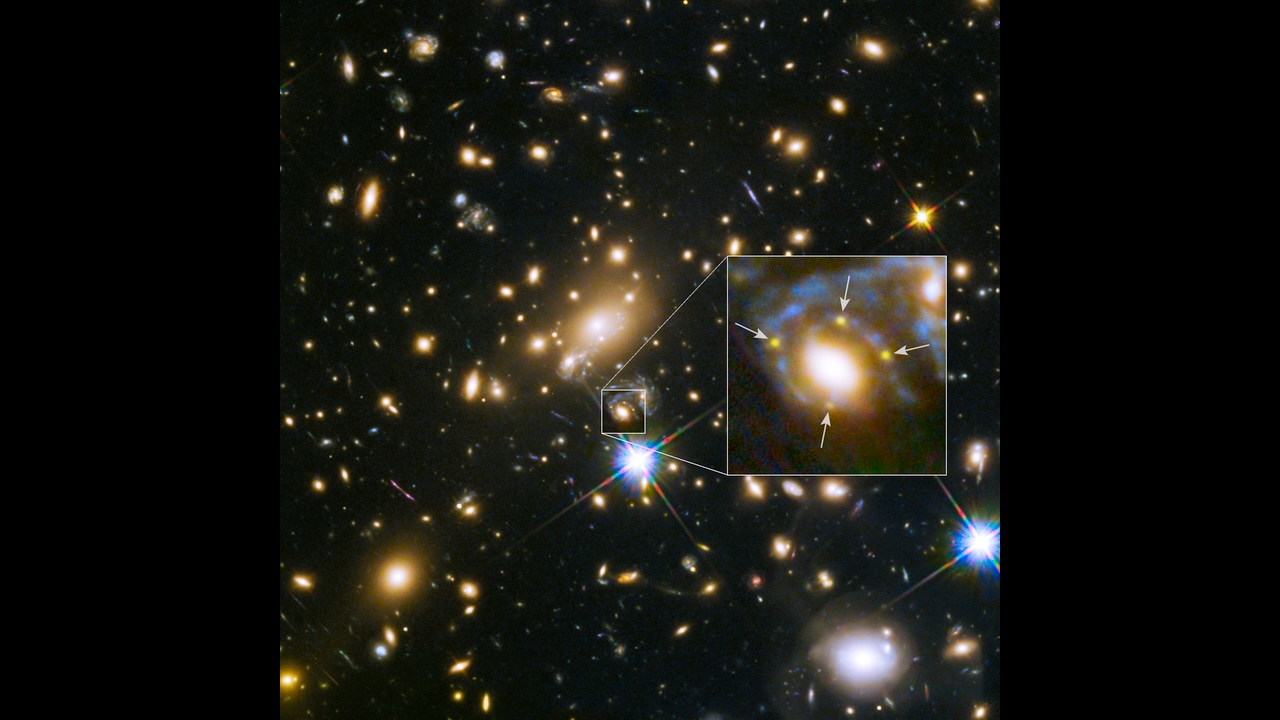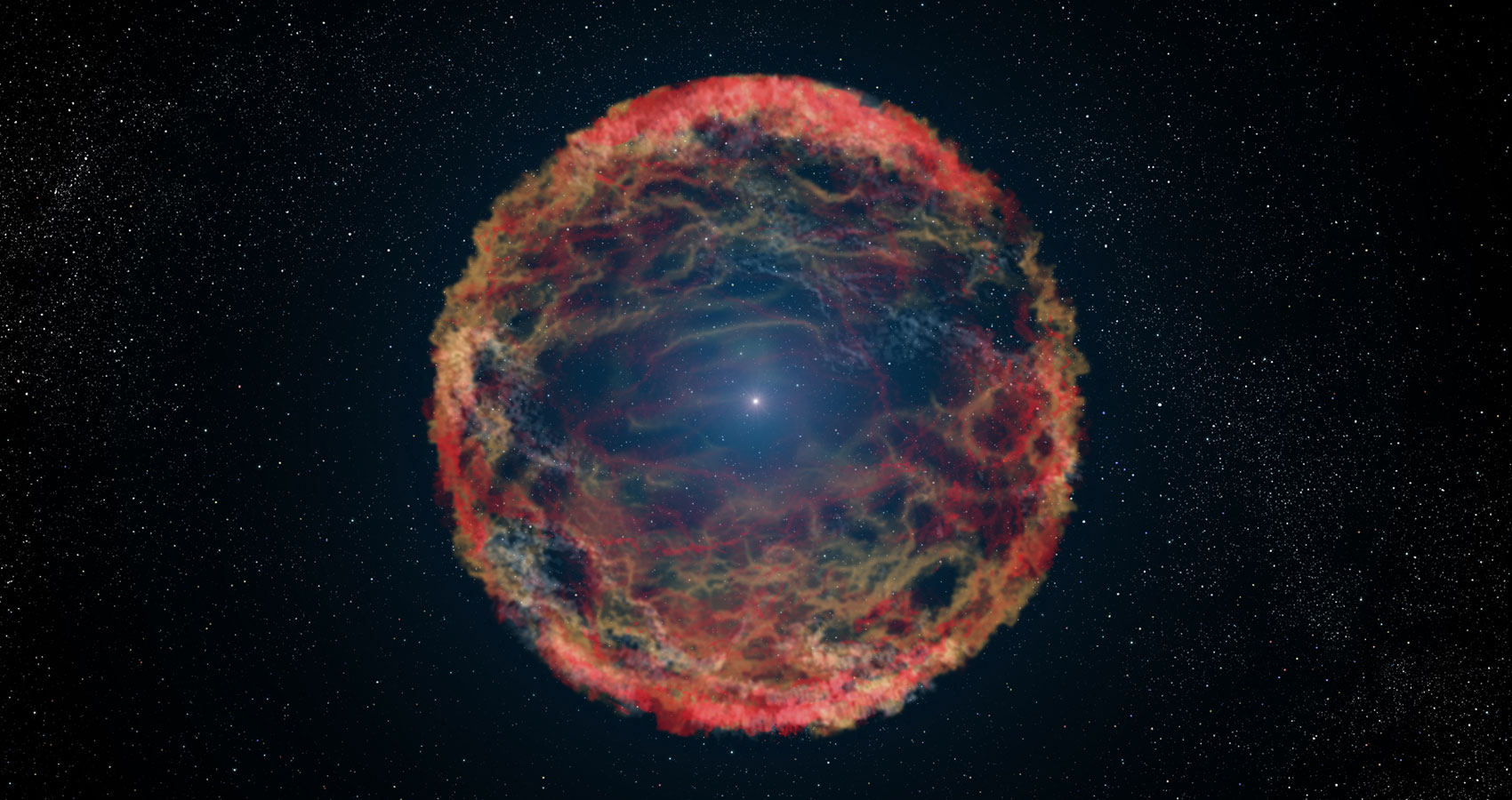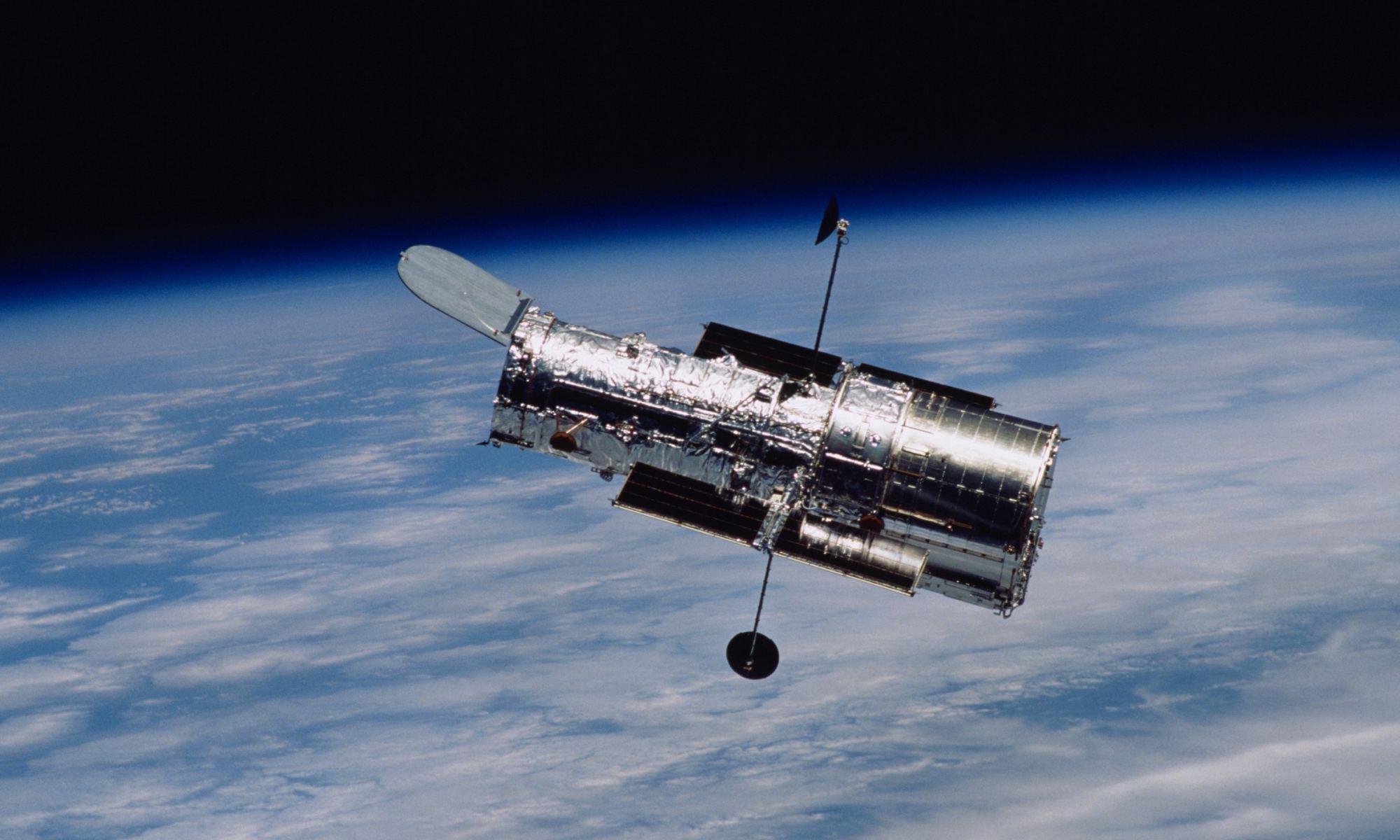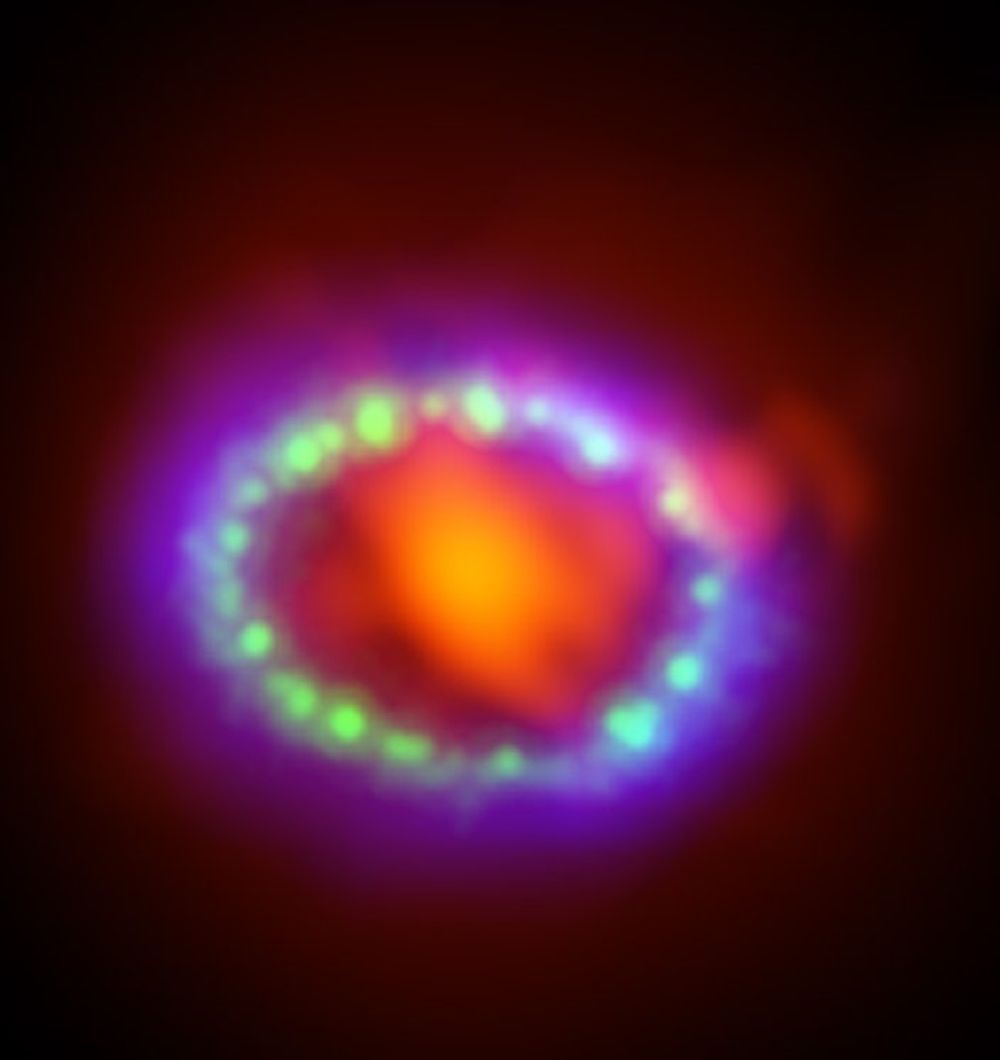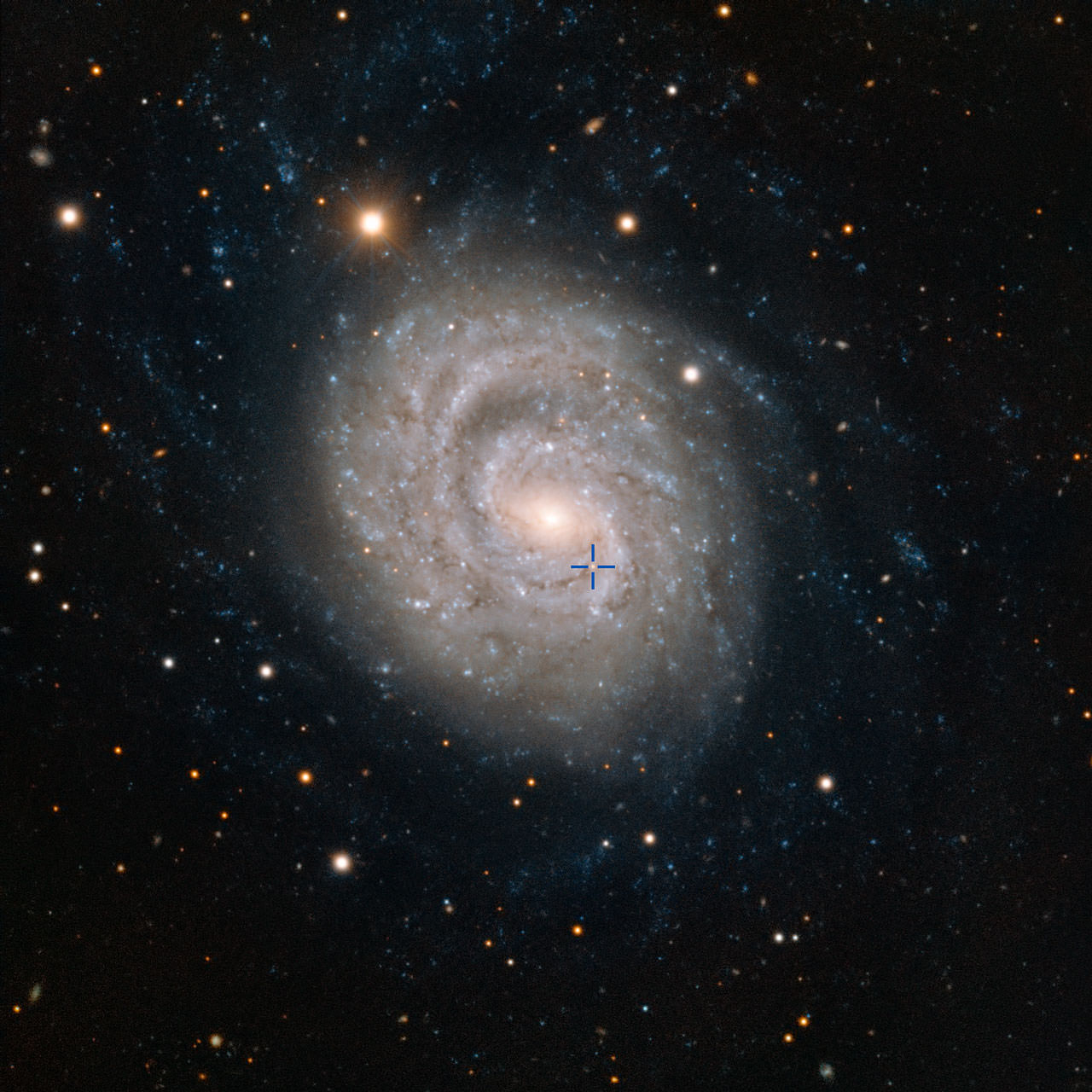One of the most lovely deep space objects to observe is the grand-design spiral galaxy and there are few so grand as NGC 1637. Located in the constellation of Eridanus and positioned approximately 35 million light years away, this twisted beauty was home to a radical supernova event just 14 years ago. Now astronomers are taking a close look at the resultant damage caused by the stellar explosion and giving us some pretty incredible views of the galaxy as well.
When viewing NGC 1637, it seems as if the galaxy itself is evenly distributed, but take a closer look. In this image you will notice the spiral arm to the top left is much more openly constructed and stretches out a bit further than the more concentrated and stubby spiral arm to its opposite side. You will also notice the more compact arm has the appearance of being cut through its mid-section. In whole, this particular appearance is what astronomers refer to as a “lopsided spiral galaxy”.
Now, let’s talk about what happened to disturb the peace…
In 1999, high atop Mt. Hamilton and near San Jose, California, the Lick Observatory was busy utilizing a telescope which specialized in searching for supernova events. Low and behold, they discovered one… a very bright one located in NGC 1637. Like all astronomical observations, the call went out immediately to other observatories to confirm their find and to gather support data. As with most dramatic events, SN 1999em was quickly and thoroughly researched by telescopes around the world – its magnitude carefully recorded and the resultant fading meticulously accounted for as the years have passed.
Better to burn out than to fade away? There are very few things in our natural world which can match the violent beauty of a supernova event. When a star ends its life in this way, it goes out with a bang, not a whimper. For their cosmic finale, they briefly outshine the combined light of all the stars contained within the host galaxy. Like snowflakes, each supernova is unique and the cataclysmic star within NGC 1637 was eight times more massive than our Sun.
Loading player…
This video sequence starts with a view of the bright constellation of Orion (The Hunter). As we zoom in, we focus on an adjacent region of the constellation of Eridanus (The River) and a faint glow appears. This is the spiral galaxy NGC 1637, which appears in all its glory in the final view from ESO’s Very Large Telescope. In 1999 scientists discovered a Type II supernova in this galaxy and followed its slow fading over the following years. Credit: ESO/Nick Risinger
Go ahead. Take another look. During the confirmation observing runs, astronomers also imaged SN 1999em with the VLT and this data was combined with the Lick Observatory information to give us the spectacular view above. Caught in the spiral arm are young stars singing the blues amidst ethereal gas clouds and veiling dust lanes. NGC 1637 isn’t alone, either… You’ll see line of sight stars and even more galaxies in the background.
No rust here…
Original Story Source: ESO News Release.





